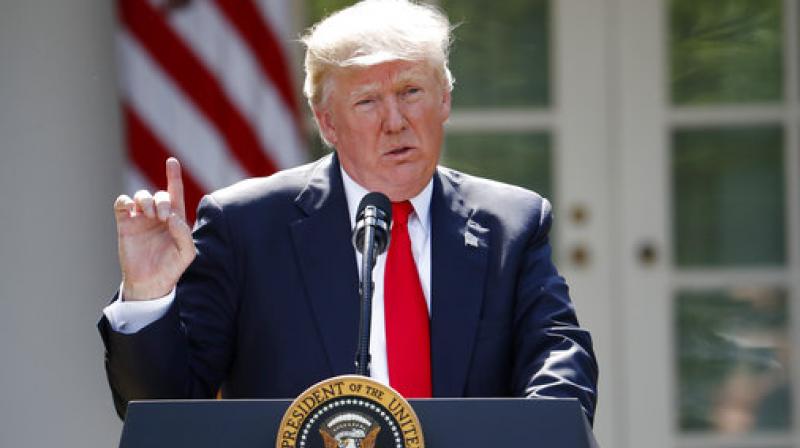A ruler’s powers have always been defined by how much he can fight. In other words, power has always been defined as the muscle power. The same has continued in the democracy also. The historical evidence supports the argument that the one with a bigger, more efficient gun has won the maximum number of battles.
It cannot be denied in the contemporary times how this practice is still continued. Nuclear weaponry and nuclear power are the latest addition to the defense power of any country today.
The recent example of the same can be seen in the recent most practice by Donald Trump, President of the United States of America. Trump has announced a new policy to modernize its nuclear arsenal by developing new smaller atomic bombs and enhancing its deterrence capabilities.
New Defence policies of the USA
“It pursues modernisation of our nuclear command, control, and communications, all three legs of our triad, our dual-capable aircraft, and our nuclear infrastructure,” said Trump after the 2018 Nuclear Posture Review (NPR) was out at the Pentagon. The strategy, President Donald Trump said, is tailored and flexible to address the wide array of threats in the 21st century.The strategy develops capabilities aimed at making use of nuclear weapons less likely, he said, adding that it enhances deterrence of strategic attacks against the US, its allies, and partners, that may not come in the form of nuclear weapons.
In his preface to the new policy, that runs into 100 pages, Defence Secretary Jim Mattis said maintaining an effective nuclear deterrent is much less expensive than fighting a war that the US was unable to deter.
“While we will be relentless in ensuring our nuclear capabilities are effective, the US is not turning away from its long-held arms control, non-proliferation, and nuclear security objectives,” Mattis said.
“Our commitment to the goals of the Treaty on the Non- Proliferation of Nuclear Weapons (NPT) remains strong,” he said.

